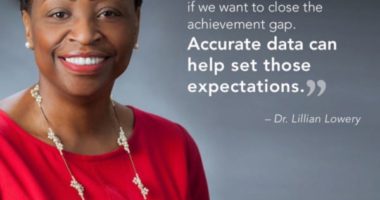U.S. Performance on International Tests Stalls; Large Achievement Gaps Remain
WASHINGTON (December 4, 2013) The latest results of the Programme for International Student Assessment (PISA) show that U.S. students performance on international tests has stagnated, while other industrialized nations have overtaken the U.S. in reading, math, and science literacy.
These, however, are stories about patterns in average performance. Underneath the averages are important stories drawing less attention. The results show, yet again, that the U.S. continues to tolerate egregious achievement gaps. Low-income, African American, and Latino 15-year-olds perform years behind their peers.
But the data shatter the myth that our low performance is simply the inevitable result of higher poverty rates. Certainly, poverty and home resources matter. Yet, when compared with their international peers, U.S. teens are better off economically, but perform worse in math than their peers in other countries at similar points along the socioeconomic spectrum. Further, we are faring especially poorly when it comes to getting students in the lowest socioeconomic category to high levels of achievement. The U.S. ranks 26th out of 34 countries in the percentage of high-achieving, low-income students.
For decades, we have told ourselves and the world two essential stories about who we are as Americans that we live in the land of opportunity and that we are constantly advancing educationally. However, the data show us otherwise, said Kati Haycock, president of The Education Trust. Not only have we failed to advance at the same rate as some of our international peers, we have also failed to lift our least advantaged students to the levels that they have.
Looking deeper at the data from within the U.S., gaps between African American students and their white peers are equal to more than two years worth of learning in math, while gaps between Latino and white students exceed one year. Gaps between U.S. students in low-income schools and those in wealthier schools are even more alarming: Students in the lowest income schools lag behind their peers in the highest income schools by about two and a half years worth of learning in math.
There is a lot of talk in the U.S. education community about preparing students to be ready for the challenges theyll face after high school, including being able to compete in the global market for skills and ideas. The data show that we as a nation have a lot of work to do, said Daria Hall, Ed Trusts director of K-12 policy development. We know from experience that all students can perform at high levels, but they wont get there unless we teach them to those levels.
# # #



